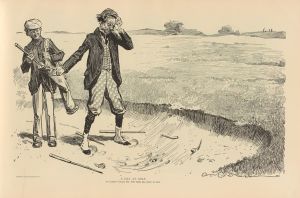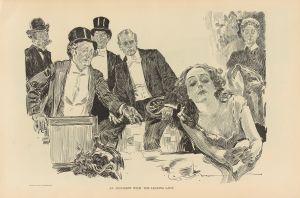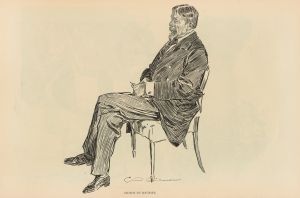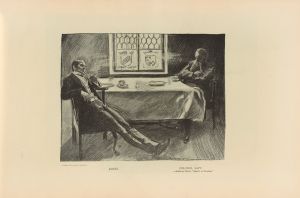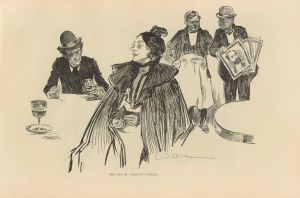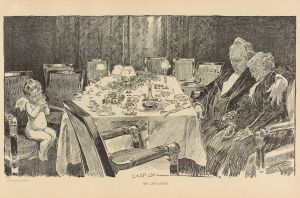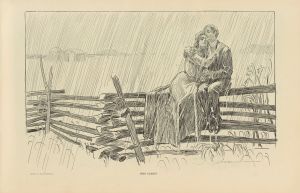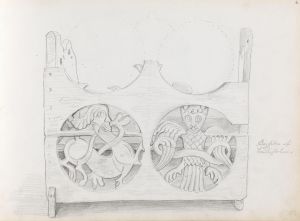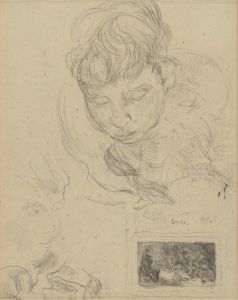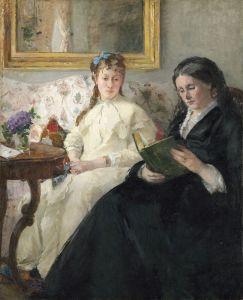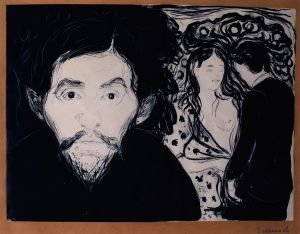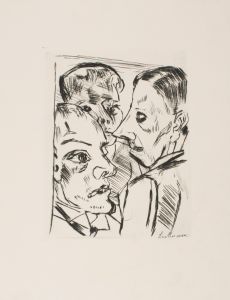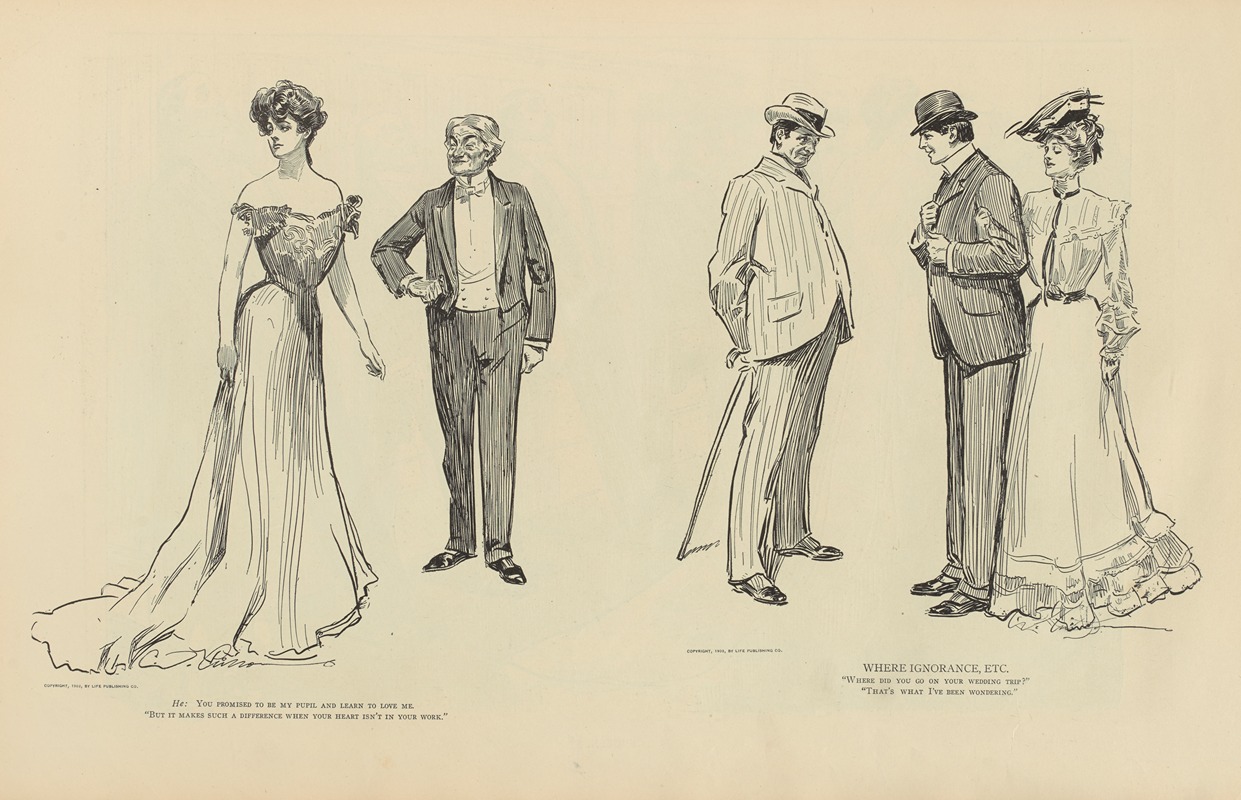
Where ignorance, etc
A hand-painted replica of Charles Dana Gibson’s masterpiece Where ignorance, etc, meticulously crafted by professional artists to capture the true essence of the original. Each piece is created with museum-quality canvas and rare mineral pigments, carefully painted by experienced artists with delicate brushstrokes and rich, layered colors to perfectly recreate the texture of the original artwork. Unlike machine-printed reproductions, this hand-painted version brings the painting to life, infused with the artist’s emotions and skill in every stroke. Whether for personal collection or home decoration, it instantly elevates the artistic atmosphere of any space.
Charles Dana Gibson was an influential American illustrator, best known for his creation of the "Gibson Girl," a representation of the idealized American woman at the turn of the 20th century. Among his extensive body of work, one of his notable illustrations is titled "Where ignorance is bliss, 'tis folly to be wise," often referred to simply as "Where Ignorance, etc."
This illustration was published in the early 20th century, a period when Gibson's work was widely circulated in popular magazines such as Life, Harper's Weekly, and Scribner's. Gibson's illustrations were known for their detailed pen-and-ink style, capturing the nuances of social life and the evolving roles of women in society.
"Where Ignorance, etc." is a satirical piece that reflects Gibson's keen observation of social dynamics and human behavior. The title itself is a reference to a line from Thomas Gray's poem "Ode on a Distant Prospect of Eton College," which suggests that ignorance can sometimes be a source of happiness, and that gaining knowledge can lead to sorrow. This theme is humorously depicted in Gibson's illustration.
The artwork typically features a scene with a group of people, often highlighting a social situation where ignorance plays a central role. Gibson's ability to convey complex social commentary through simple yet expressive imagery is evident in this piece. The characters' expressions and body language are meticulously crafted to convey the irony and humor intended by the artist.
Gibson's work, including "Where Ignorance, etc.," played a significant role in shaping public perceptions of social norms and gender roles during his time. His illustrations often provided commentary on the societal expectations of women and men, using wit and satire to challenge conventional ideas. The "Gibson Girl," for example, became a cultural icon representing the independent and modern woman, a theme that resonates in many of his works.
While specific details about the publication history or the exact context of "Where Ignorance, etc." may not be extensively documented, the illustration remains a testament to Gibson's skill in capturing the essence of human nature and societal quirks. His work continues to be studied and appreciated for its artistic merit and its insightful commentary on early 20th-century American society.
In summary, Charles Dana Gibson's "Where Ignorance, etc." is a notable example of his ability to blend art with social critique, using humor and detailed illustration to explore themes of ignorance and wisdom. Through his work, Gibson left a lasting impact on the world of illustration and provided a window into the cultural landscape of his era.





